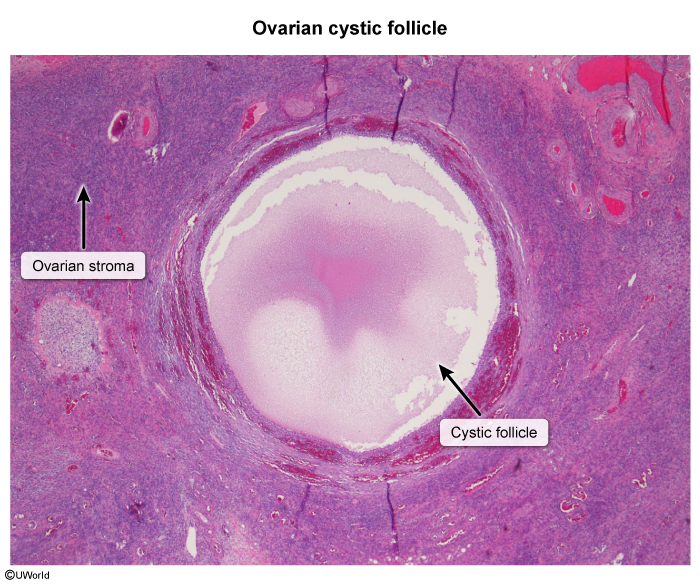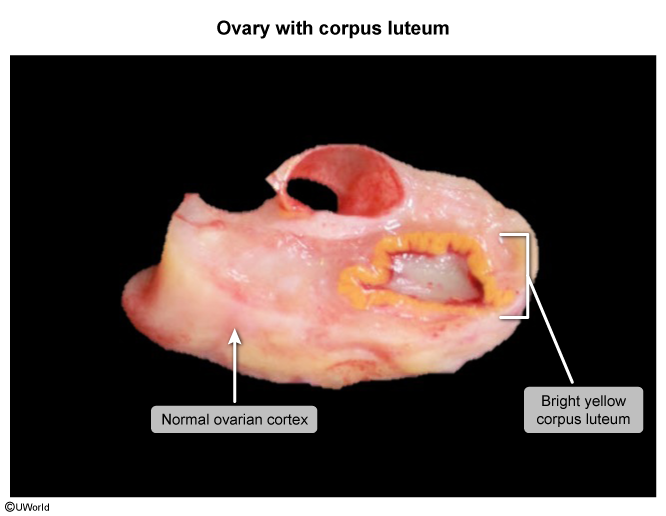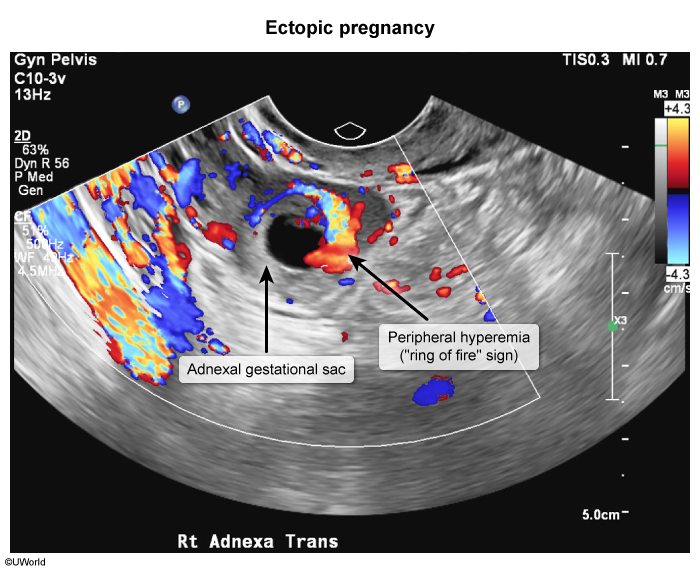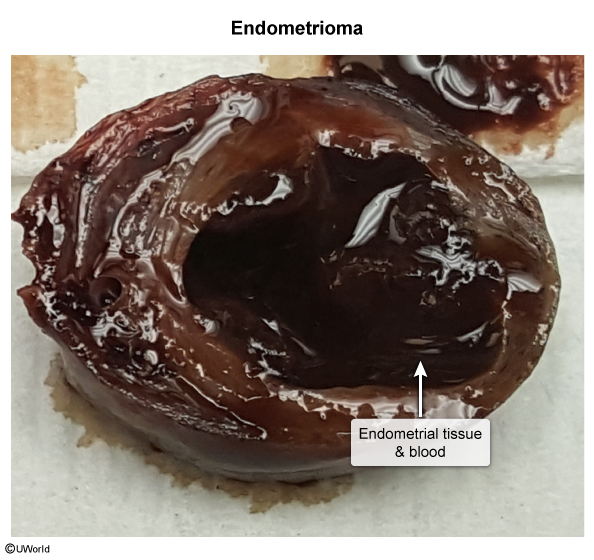Functional Ovarian Cysts
Article Sections
Introduction
Functional ovarian cysts are physiologic, fluid-filled structures that can develop due to the changes in the ovary during the normal menstrual cycle. They are the most common type of ovarian cyst and are typically benign and self-limited.
Pathogenesis
Functional ovarian cysts arise in the setting of normal ovarian function due to follicular development and ovulation.
During each menstrual cycle, multiple follicles develop until a tertiary (antral) follicle is selected for ovulation. Following the release of the oocyte, the follicular remnant becomes the corpus luteum (which secretes progesterone). If pregnancy does not occur, the corpus luteum regresses and becomes the corpus albicans. Disruptions to the normal ovarian follicular cycle can result in functional ovarian cysts:
- Follicular cyst (physiologic cyst): Occurs when a dominant follicle does not rupture, continues to grow, and becomes distended with fluid. By convention, an ovarian follicle measures <3 cm and becomes classified as a follicular cyst if it measures ≥3 cm.
Continue Learning with UWorld
Get the full Functional Ovarian Cysts article plus rich visuals, real-world cases, and in-depth insights from medical experts, all available through the UWorld Medical Library.
Figures
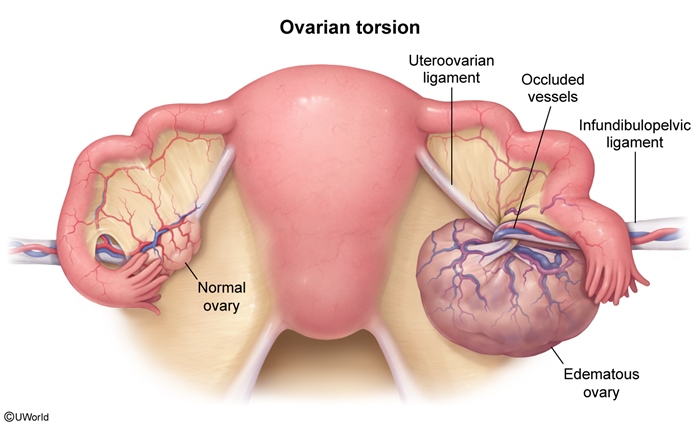
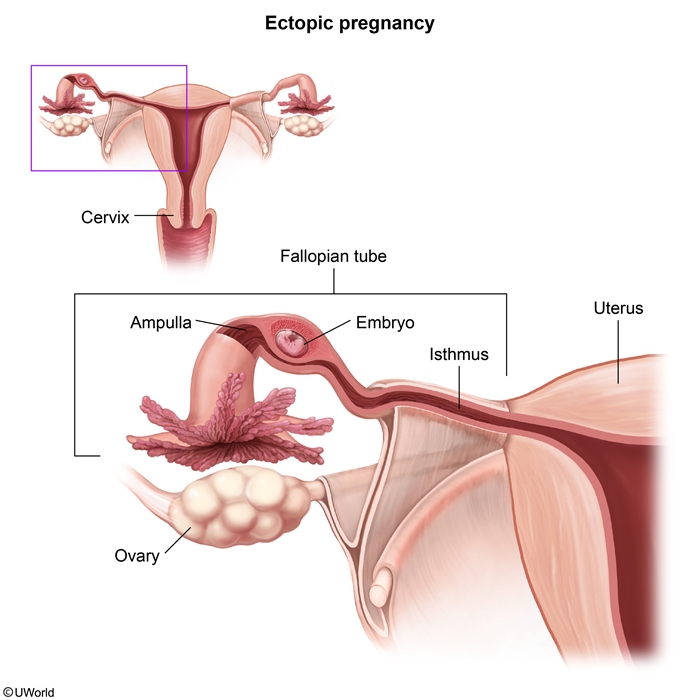
Images
